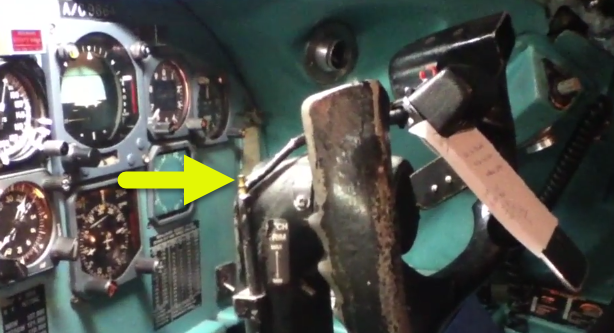
A pop-up rod on a the FO's control column on a DC-9 that shows the Mach trim position. (YouTube)
Regarding the title, I'm not sure if it's just some or all jetliners (I tried to research it). On the DC-9, MD-80, and 737NG,* it is stated clearly in the FCOMs that the Mach trim moves the elevator to counter the Mach tuck. On the 737 the system starts operating above Mach 0.615 (See FCOM 9.20). And below is part of the text from the MD-80 FCOM:
Operating on a Mach schedule, the Mach trim compensator pulls the First Officer’s control column aft as Mach number increases. As the control column moves aft, an indicator rod on the left side of the First Officer’s control column extends, giving visual indication of Mach trim operation.
Why don't the mentioned Mach trimmers use the stabilizer? I always thought the stabilizer had more fine control, not to mention the drag penalty of an offset elevator. There must be a reason for moving the control column aft and not just trim the stabilizer.
Update
It is not an era's technology limitation. The Boeing 707 moved the stabilizer for its Mach trim according to both an accident investigation report and a Cambridge University book. And like the DC-9, the 707 did not have hydraulics for its elevators.
* The MD-90** and B717 move their stabilizer according to their FCOMs.
** Unlike the rest of the DC-9 family, the MD-90 uses a powered-elevator.
My current working hypothesis is that the answer relates to stick forces, but I can't find any reliable sources on the design reasoning.
I checked these posts where Mach tuck was discussed:
